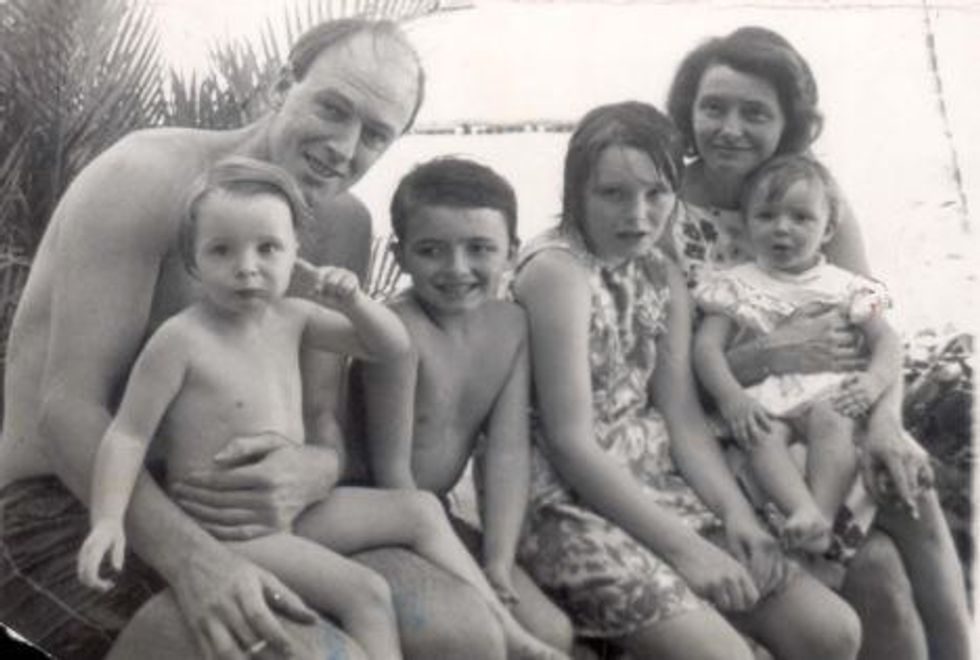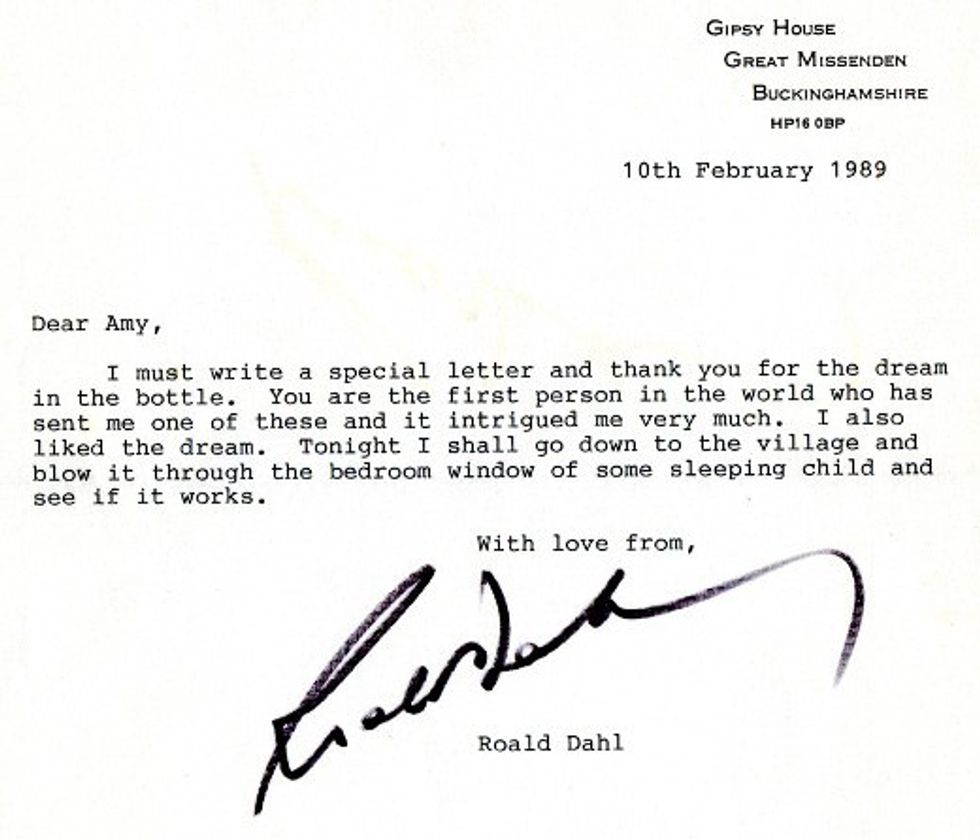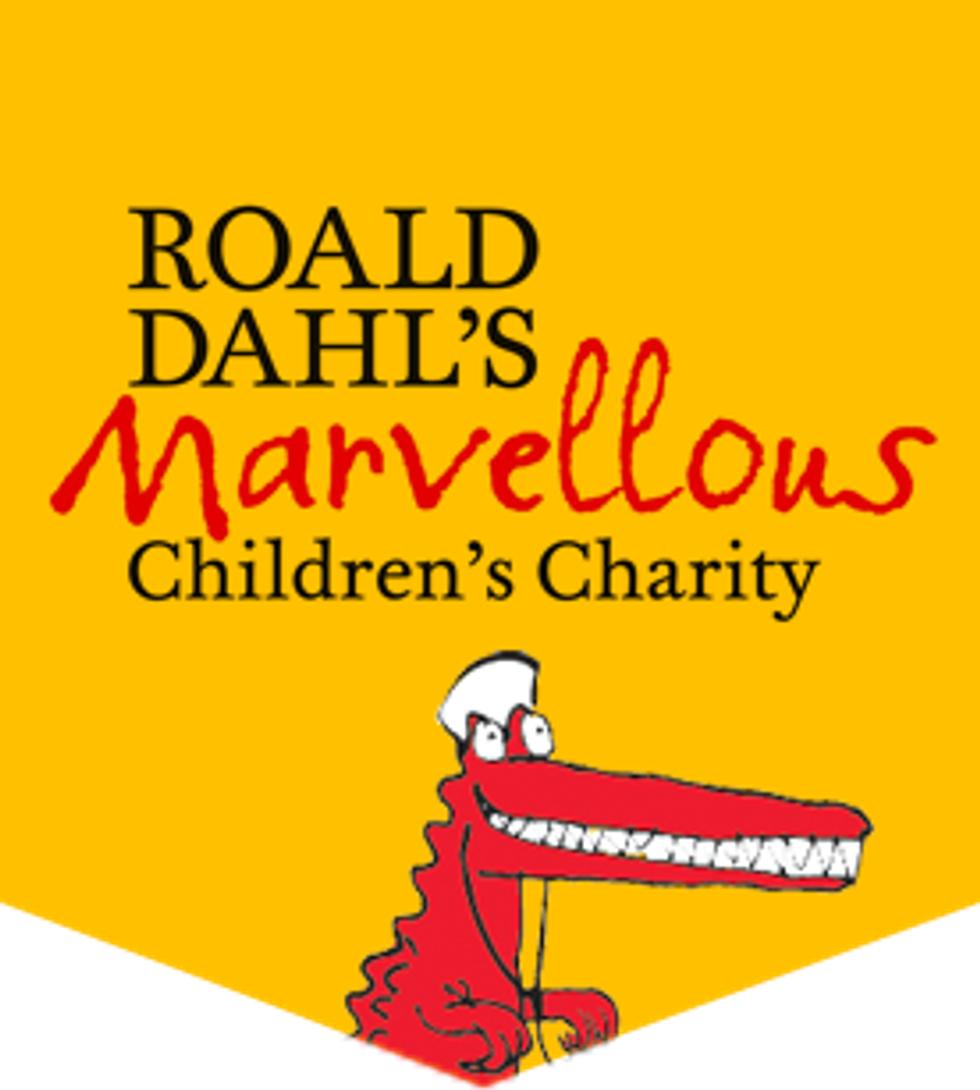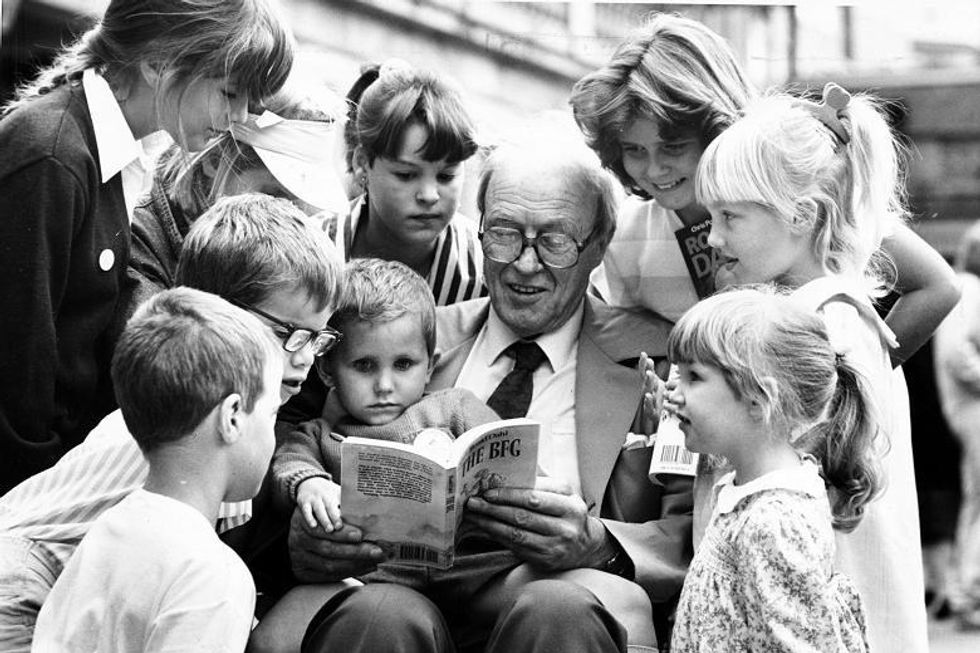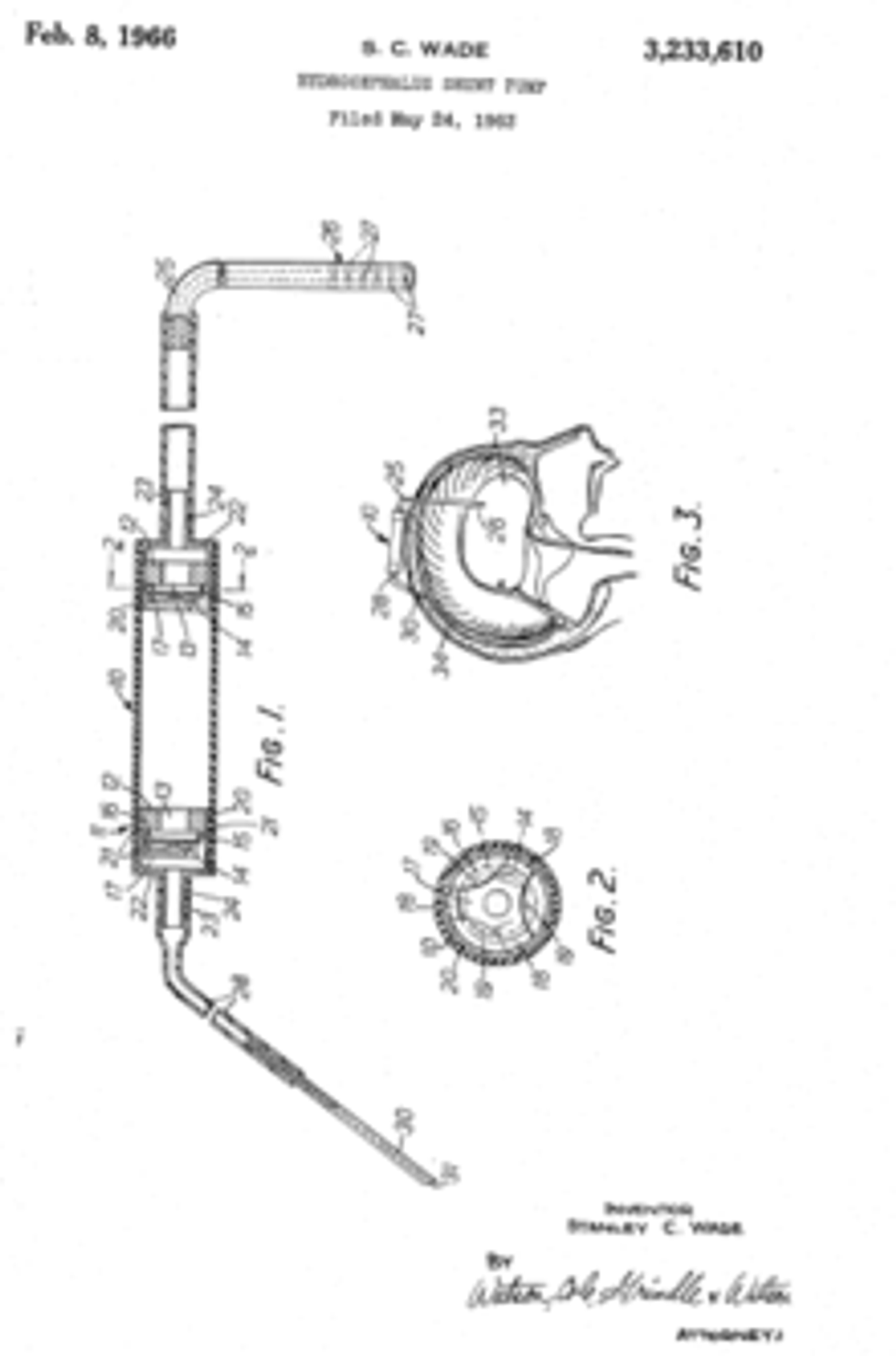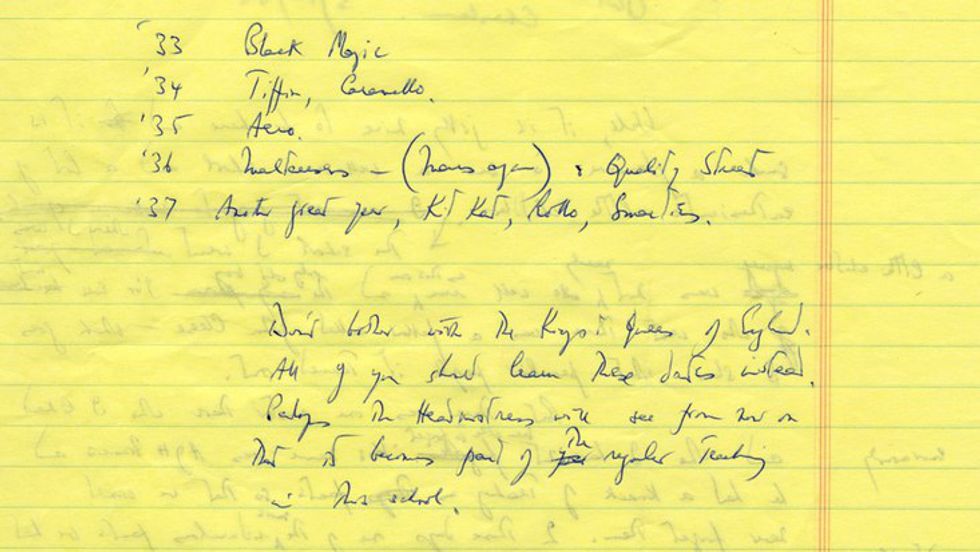Roald Dahl is the beloved English children's author of classics such as: "Charlie and the Chocolate Factory," "Matilda," "The BFG," and "The Witches." These stories have been passed down from generation to generation and pulled off of bookshelves every day to rouse the imaginations of children and adults all over the world. Dahl reminds us that we could find a rare golden ticket to a secretive, magical chocolate or that we can triumph over the Ms. Trunchbulls of the world with intelligence and compassion, if only we believed in the power of the story. This year would've been Roald Dahl's 100th birthday. In commemoration of his contribution to children's literature and in celebration of his 100th birthday, in November 2016, here are five heartwarming facts about Roald Dahl.
1. Dahl's children were his first audience for his stories.
He and his wife, actress Patricia O'Neal, had five children after their wedding in 1961. Every night, his five children snuggled into bed and he made up bedtime stories. They were some of his harshest critics. In fact, during a "New York Times"Book Review, he stated "Children are...highly critical. And they lose interest so quickly. You have to keep things ticking along. And if you think a child is getting bored, you must think up something that jolts it back. Something that tickles. You have to know what children like."
2. A fan sent him an adorable gift and letter
In February of 1989, a 7-year-old girl, Amy, bottled up one of her dreams and sent it off with a letter to the famous author. She used oil, glitter and colored water to send her dream. She was a fan of and inspired by "The BFG." Dahl, the recipient of an incredible amount of fan mail from children, sent her a letter back, touched by such an act.
3. Dahl's eldest daughter died after contracting the measles in 1962; he spent the rest of his life advocating for immunizations.
When Olivia Dahl became ill with the measles, there was no vaccine to protect against the measles or measles encephalitis, which is what the 7-year-old succumbed to in just a short amount of time. In 1984, he wrote an impassioned plea to the public urging them to insist their child be immunized against the measles. "Believe me, it is, my opinion that parents who now refuse to have their children immunized are putting the lives of those children at risk," Dahl wrote.
After his death in 1990, his widow Felicity, created the Roald Dahl's Marvellous Children Charity in his memory. This charity helps seriously ill children in the UK lead "marvellous" lives by providing appropriate medical attention and resources for intervention. According to its website, the charity has awarded an astounding 2.5 million euros (a little over $2.7 million) to fund 400 grassroot initiatives and projects.
3. Sophie Dahl, granddaughter of Roald Dahl, is the inspiration for the protagonist of The BFG.
When Roald Dahl set out to write a book involving a giant who blows bottled dreams into childrens' bedrooms, he knew what to name the protagonist: Sophie. Sophie Dahl, his granddaughter is the inspiration for the character, and she too, is an author, having written the novella "The Man with the Dancing Eyes" in 2003 and "Playing with Grown-ups" in 2008.
4. He is 1/3 of the trio responsible for the invention of the Wade-Dahl-Till Valve
When Theo Dahl, Dahl's son, was injured from a car accident at four months old, he began to show symptoms of hydrocephalus, a build up of fluid that pushes on the brain. Dahl's son was treated with the then standard Hulton Shunt, but the shunt began to clog, causing extreme pain for the child as well as temporary blindness. So, Dahl sought out the help of neurosurgeon Kenneth Till in addition to his friend Stanley Wade, who was a hydraulic engineer. Till found that the debris in the ventricles of patients like Theo, would clog the slits in the Hulton shunt. With Dahl coordinating the collaborations, the neurosurgeon and engineer invented an effective shunt which would prevent clogging. The mechanism is hard to explain, but the valve has benefited children and adults all over the world as this is the modern-day shunt invention for hydrocephalus.
5. Dahl really loved and had a passion for chocolate.
It's not surprising Roald Dahl would write a book centered on a chocolate factory, because the man LOVED chocolate. As a boy, there was not much variety for chocolate until he was about 14-15 years old when what he calls the "7 Glorious Years" from 1930-1937 occurred, where several delicious chocolates were invented. He devotes a whole chapter to chocolate in his cookbook entitled, "The Roald Dahl Cookbook," in which he talks of his sweet tooth and these years. Here's an excerpt of a draft of the chapter on chocolate:




